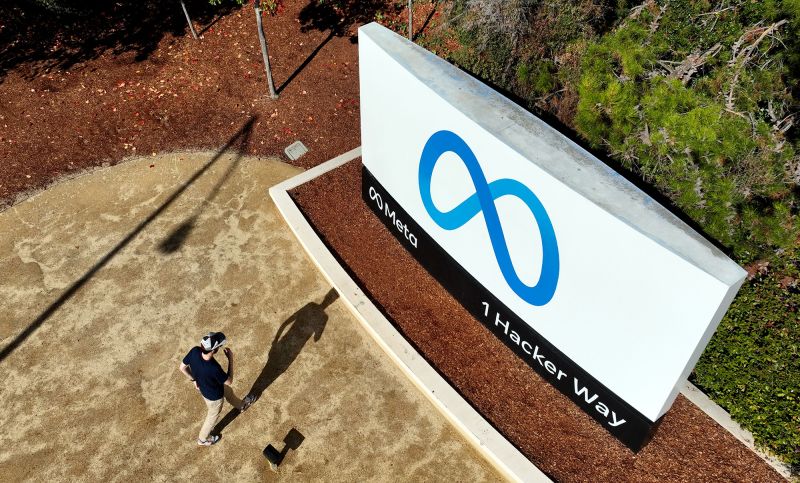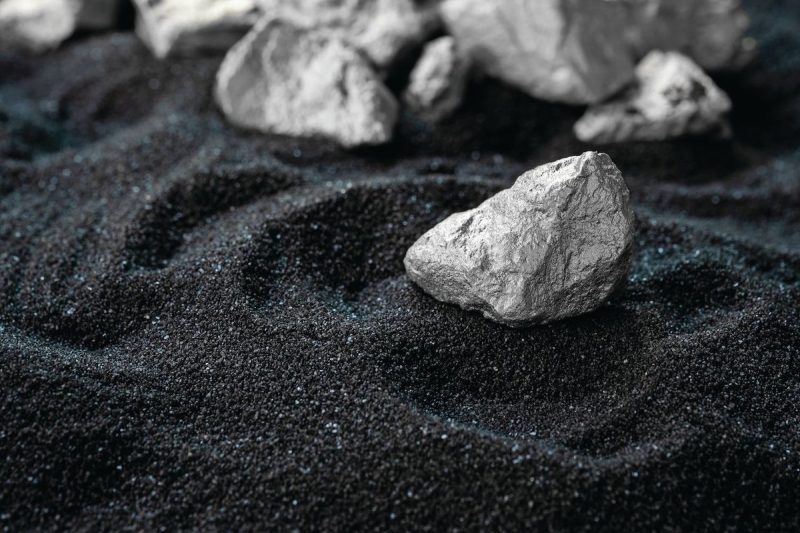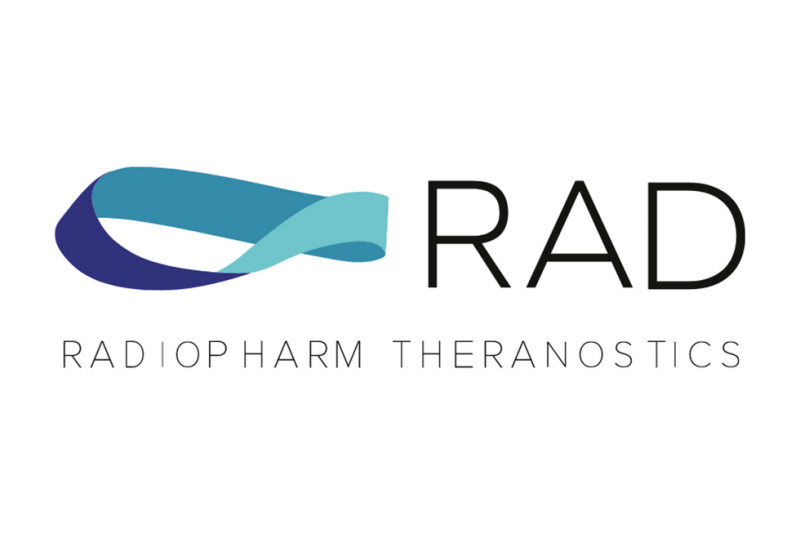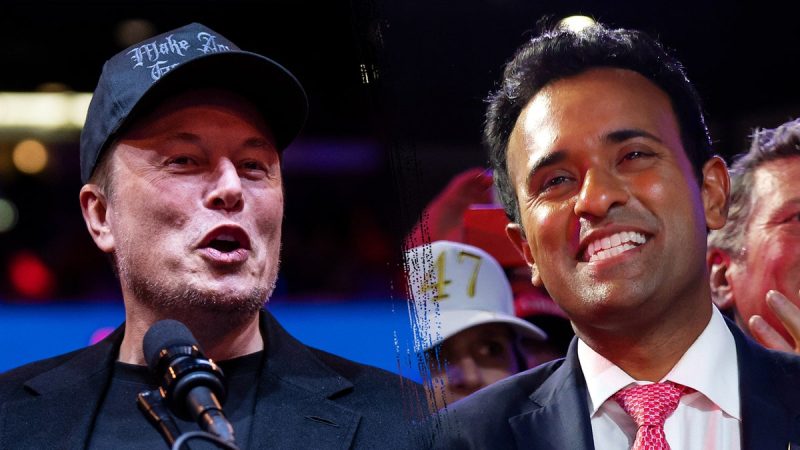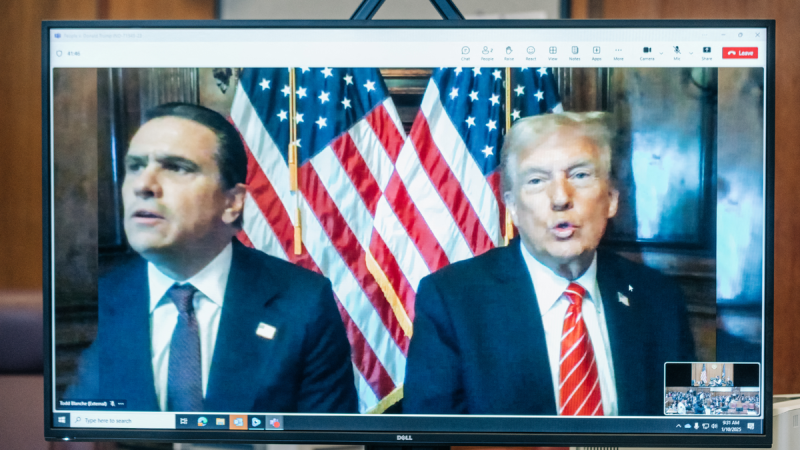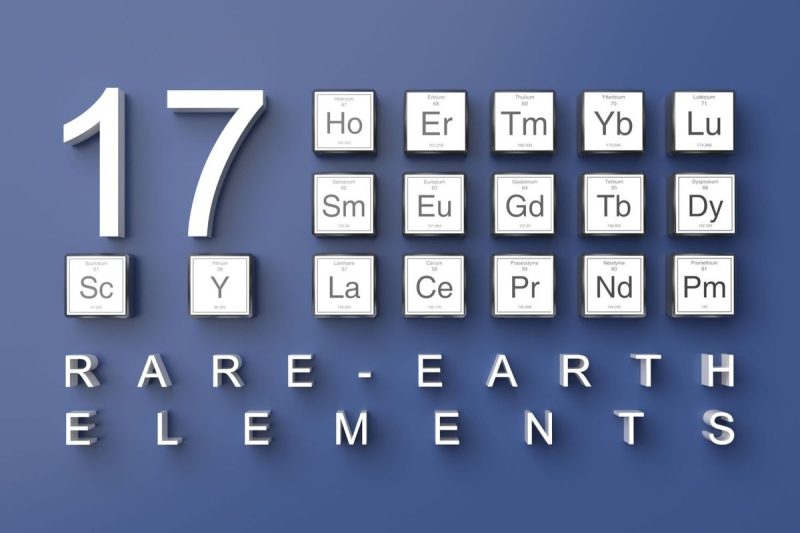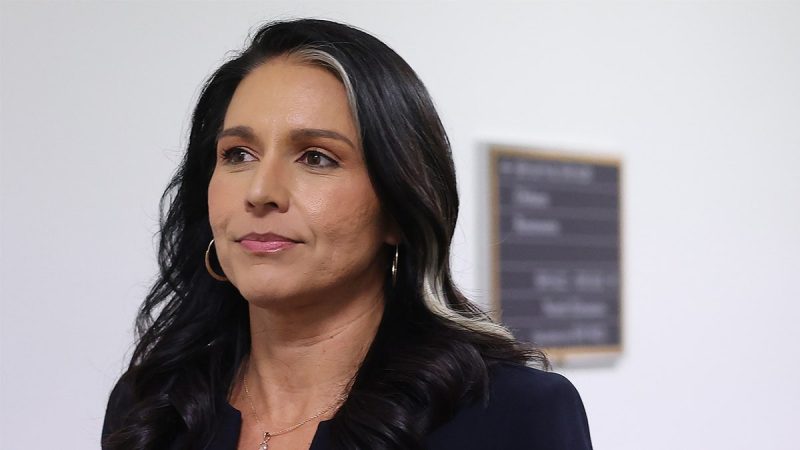
Tulsi Gabbard, who is President-elect Donald Trump’s choice to be Director of National Intelligence (DNI) in his next administration, has reversed course on a controversial item after lobbying from Republican senators.
Gabbard revealed on Friday that she believes section 702 of the Foreign Intelligence Surveillance Act (FISA) ‘is crucial for gathering foreign intelligence on non-U.S. persons abroad.’
She previously opposed FISA section 702 re-authorization while serving as a Democrat in the House of Representatives.
‘We have a very important responsibility to strike a balance between national security to keep the American people safe, while also protecting our constitutionally protected freedoms,’ she said on the House floor in 2018. ‘Let us make this critical choice. Vote to keep our country safe. Vote to uphold our constitutional rights that so many have fought and died to protect.’
In her statement, provided by a Trump transition spokesperson, Gabbard said, ‘This unique capability cannot be replicated and must be safeguarded to protect our nation while ensuring the civil liberties of Americans.’
‘My prior concerns about FISA were based on insufficient protections for civil liberties, particularly regarding the FBI’s misuse of warrantless search powers on American citizens. Significant FISA reforms have been enacted since my time in Congress to address these issues. If confirmed as DNI, I will uphold Americans’ Fourth Amendment rights while maintaining vital national security tools like Section 702 to ensure the safety and freedom of the American people,’ she said.
The change in Gabbard’s beliefs on the key national security issue was first reported by Punchbowl News.
It comes after multiple Republican senators made the case to her of the importance of FISA’s section 702.
Sen. Tom Cotton, R-Ark., chair of the Senate Select Committee on Intelligence, told Fox News Digital in a statement: ‘Tulsi Gabbard has assured me in our conversations that she supports Section 702 as recently amended and that she will follow the law and support its reauthorization as DNI.’
One GOP aide shared that during his meeting with Gabbard, Sen. James Lankford, R-Okla., emphasized how important the authority granted by section 702 is, and how important her navigation of it would be.
In a podcast appearance earlier this week, Lankford told the Wall Street Journal’s Kim Strassel that there were some issues ‘that people aren’t talking about’ as it relates to Trump’s picks. One of them, he said, was Gabbard and her stance on section 702.
‘She has voted against what’s called 702 authority every time that she was in Congress and voted against it. Well, now she’s going to be the spokesman for 702 authority. It’s a legitimate question just to say, ‘Okay, how are you going to handle this?’’ he asked.
Lankford suggested that this is something that matters to other Republican senators. ‘I don’t hear anyone really coming up publicly and saying, ‘I’m adamantly opposed” to Trump’s nominees, he explained.
But, ‘What I hear is a lot of people saying, ‘Hey, I want to give a fair hearing. I want people to be able to answer questions publicly.’’
While most GOP senators are supportive of FISA, some have been vocal critics. ‘Voting to reauthorize FISA 702 without a warrant requirement is difficult to defend. So are those casting such votes—especially if they purport to care about the Fourth Amendment,’ Sen. Mike Lee, R-Utah, wrote on X ahead of the most recent FISA re-authorization.
Another top critic, Sen. Rand Paul, R-Ky., said in 2023, ‘Using 702, Americans’ communications content and metadata is inevitably swept up and kept in government databases without a warrant. Law enforcement agencies then access Americans’ communications without a warrant.’
These Republicans may not be as happy about Gabbard’s change of heart. However, there isn’t any indication that it would harm their support for her as of yet.
One Republican senate source cast doubt on Gabbard’s new stance, noting that she has been ‘a life-long skeptic of intelligence gathering.’ They suggested it is unlikely that she has ‘completely changed her mind.’
A GOP Senate source confirmed to Fox News Digital that conservative senators are encouraged by Senate Majority Leader John Thune, R-S.D., and his apparent desire to confirm Trump nominees on the day he is sworn into office.
The group is eager to have all national security nominees confirmed on Trump’s first day, they added.
This post appeared first on FOX NEWS
